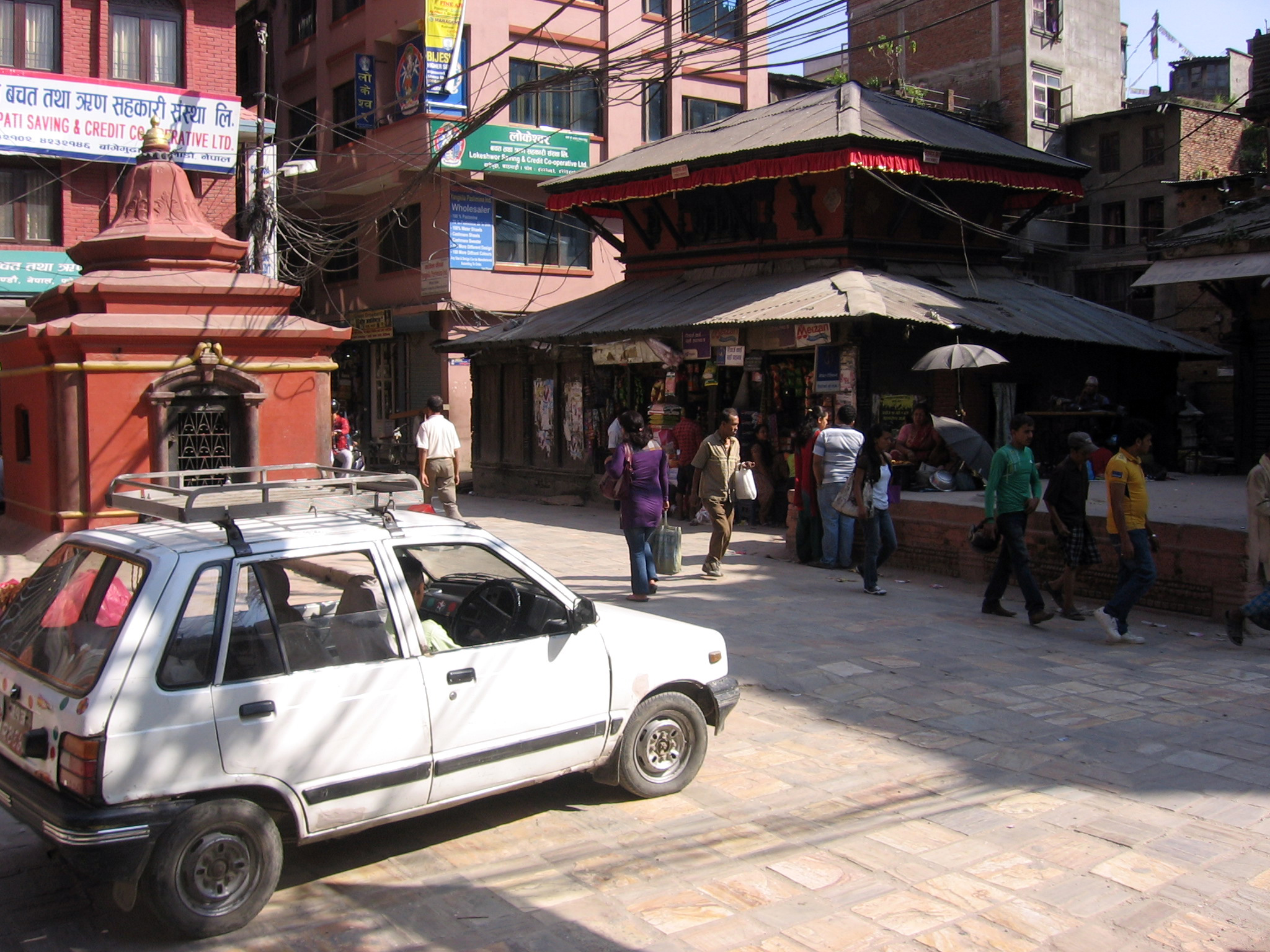Sthapit on:
[Wikipedia]
[Google]
[Amazon]
 Sthāpit ( ne, स्थापित) is a Nepalese caste from the
Sthāpit ( ne, स्थापित) is a Nepalese caste from the
Aji's
ref>
 Sthāpit ( ne, स्थापित) is a Nepalese caste from the
Sthāpit ( ne, स्थापित) is a Nepalese caste from the Newa people
Newar (; new, नेवार, endonym: Newa; new, नेवा, Pracalit script:) or Nepami, are the historical inhabitants of the Kathmandu Valley and its surrounding areas in Nepal and the creators of its historic heritage and civilisatio ...
of the Kathmandu Valley
The Kathmandu Valley ( ne, काठमाडौं उपत्यका; also known as the Nepal Valley or Nepa Valley ( ne, नेपाः उपत्यका, Nepal Bhasa: 𑐣𑐾𑐥𑐵𑑅 𑐐𑐵𑑅, नेपाः गाः)), ...
in Nepal. Sthapits are part of the Uray group which includes Tuladhar, Kansakar, Tamrakar, Bania, Sindurakar, Selalik Kasthakar and other castes. Their religion is Newar Buddhism and their mother tongue is Nepal Bhasa
Newar (), or Newari and known officially in Nepal as Nepal Bhasa, is a Sino-Tibetan language spoken by the Newar people, the indigenous inhabitants of Nepal Mandala, which consists of the Kathmandu Valley and surrounding regions in Nep ...
.
Traditional Sthapit neighborhoods in Kathmandu are Thaymaru, Bhindyah, Makhan, Mikhadwan and Lagan. Makhan contains the largest population of Sthapits.
Traditional occupation
Sthapit means "establish" inSanskrit
Sanskrit (; attributively , ; nominalization, nominally , , ) is a classical language belonging to the Indo-Aryan languages, Indo-Aryan branch of the Indo-European languages. It arose in South Asia after its predecessor languages had Trans-cul ...
, and their traditional occupation, as per the division of labor laid down from ancient times, has been carpentry, architecture and engineering. They were skilled artisans, and were engaged in designing and building palaces, houses, temples and machinery.
Among the notable names, Jogbir Sthapit (alternative names: Joglal Sthapit, Bhajuman) was the architect who built Narayanhiti Palace in Kathmandu, the palace of the Shah dynasty, in 1886. He was also the chief architect of the restoration project of Swayambhu
Swayambhu ( sa, स्वयंभू) is a Sanskrit word that means "self-manifested", "self-existing", or "that is created by its own accord".
Often, the word swayambhu is used to describe a self-manifested image of a deity, which was not made ...
which was completed in 1921.
Cultural life
Like other Newar Buddhists, Sthapits mark the holy month of Gunla by making daily pilgrimages toSwayambhu
Swayambhu ( sa, स्वयंभू) is a Sanskrit word that means "self-manifested", "self-existing", or "that is created by its own accord".
Often, the word swayambhu is used to describe a self-manifested image of a deity, which was not made ...
playing Gunla Bajan music. Gunla is the tenth month in the Nepal Sambat calendar which corresponds to August. During the Bahidyah Bwayegu (बहीद्यः ब्वयेगु) festival which is one of the major events of Gunla, devotees led by a Gunla Bajan band make a tour of sacred courtyards in Kathmandu where statues of Dipankara Buddha and paubhas are put on exhibition.
During the Buddhist festival of Samyak, each Uray group has a task assigned to it by tradition, and Sthapits build the wooden viewing stand. Samyak is the greatest Newar Buddhist ceremony in which large images of Dipankara Buddha are exhibited at Kathmandu Durbar Square and Swayambhu. It is held once every 12 years in Kathmandu.
Notable Sthapits
* Jogbir Sthapit (1838-1926), architect who designed Narayanhiti and Seto Durbar palaces and supervised restoration of Swayambhu in 1918. *Nirgun Sthapit
Nirgun Sthapit ( ne, निर्गुण स्थापित) (8 July 1968 - 6 April 1990) was a fighter for democracy who was martyred during the 1990 People's Movement in Nepal. The movement put an end to absolute monarchy and the repressi ...
(1968-1990), martyr of 1990 People's Movement
The 1990 People's Movement ( ne, २०४६ जनआन्दोलन, 2046 Jana Andolan) was a multiparty movement in Nepal that brought an end to absolute monarchy and the beginning of constitutional monarchy. It also eliminated the Panch ...
.
* Sanu Sthapit, mechanical engineer who built a small goods train in Kathmandu.
* Sanu Ratna Sthapit (1928-2010), philanthropist, trader and pioneer hotelier.
* Nani Bhai Sthapit (1930 - 2019), Founder of Uday Samaj.
* Keshav Sthapit - Honorable Former Mayor of Kathmandu Metropolitan city.
* Manik Ratna Sthapit : Veteran singer and musician
* Lorina Sthapit: Co-founder oAji's
ref>
References
{{Reflist Newar People from Kathmandu Social groups of Nepal Newar caste system Newari-language surnames Surnames of Nepalese origin